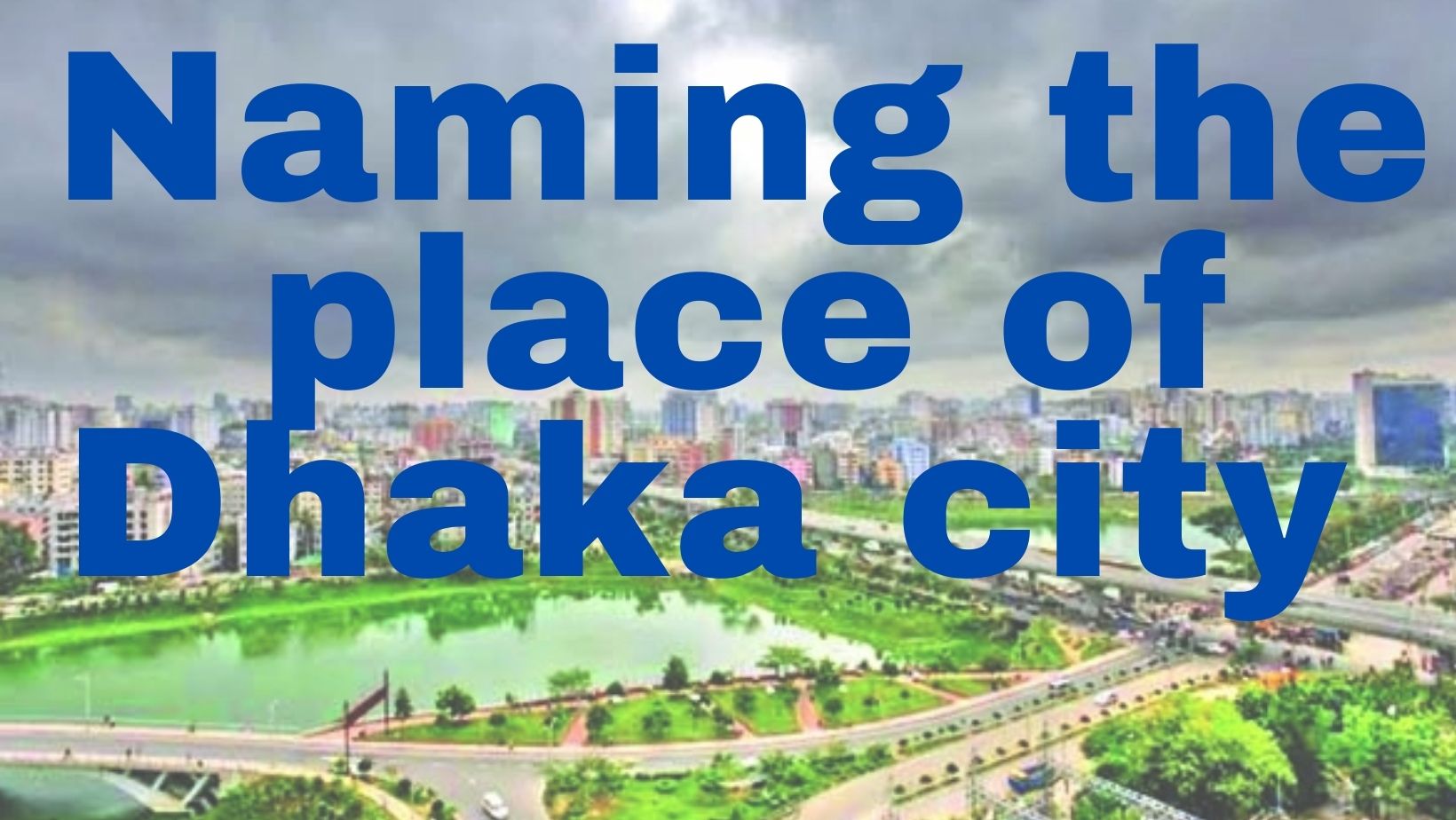Indira Road:
Once upon a time in this area, the house of a rich man named “Dwijdas Babu”, the road next to the building was built by himself and named after his eldest daughter “Indira”.
Peelkhana:
Many elephants were used during British rule. Wild elephants were domesticated in places called Pilkhana. The current “Peelkhana” was the largest.
Elephant Road:
He would take the elephants from Peelkhana to bathe in “Elephant Lake” and then walk to “Ramna Park” before evening. He would go to Peelkhana before evening.
Cockrell:
Mr. Cockrell was the commissioner of Dhaka in the last decade of the nineteenth century. The new city named “Cockrail”.
Ramna Park:
A huge rich Ram Nath Babu temple was built in this area. “Ramna Kali Mandir” Adjacent to the temple was a flower garden and a sports park. Later created “Ramna Park”.
Gopibagh:
There was a rich businessman named Gopibag. He built “Gopinath Jiur Mandir” at his own expense.
Chandni Ghat:
Subadar Islam Khan had a luxurious pleasure boat and always brought new women. The name of the pleasure boat was “Chandni” on which the boat was tied “Chandni Ghat”.
Tikatulih:
Hookah was in vogue Hookah Ticker Factory was “Tikatuli”.
Artillery:
The position of the artillery of the East India Company was here.
Old platoon, New platoon:
The East India Company had a platoon of soldiers in the Dhaka cantonment, named after the platoon, the platoon, later the Agakhanis.
Dividing this platoon into two parts, the new platoon was a residential area
The old platoon was a commercial area.
Baitul Mukarram Name:
The plan of the government of President Ayub in 1950-60 was to link the old Dhaka to the new Dhaka. Many Agakhanis left their businesses and residential houses. Agakhani leader Abdul Latif Bawani (owner of Bawani Jute Mill) proposed to the government that we build the largest mosque in Asia at our own expense. It was a huge pond called “Paltan Pond”, which was once British
The soldiers used to take baths. The mosque and market were established in 1966.
Dhanmondi:
Once upon a time, there was a big market here. The market was famous for selling paddy and other grains.
Paribagh:
Nawab Ahsanullah had a daughter named Paribanu. Probably Ahsanullah made a big garden here called Paribanur.
Paglapul:
In the 18th century, there was a river here, the name – Pagla. Mir built a beautiful pool on the Joomla river. Many people used to come to see that beautiful pool. Hence the name of the place “Paglapul”.
Panitola:
Those who made tin-foil were called Panniola. The area where the Panniolas lived was called Pannitola. Pannitola to Panitola.
Farmgate:
The British government set up a farm here for agricultural development, agriculture, and animal husbandry research. The name of the area from the main gate of that firm is Farmgate.
Shyamoli:
In 1956, a number of people, including social worker Abdul Gani Haider, moved to the area. Since there were a lot of plants here, Shyamoli named the area after discussion.
Sutrapur:
Those who worked in wood were called Sutradhars. At one time many Shutradhar families lived in this area.
Sukkatulih:
In 18 the pure water supply system was introduced in Dhaka. Earlier, some people used to deliver pure drinking water to their homes in leather bags in exchange for money. These professionals were called ‘Visti’ or ‘Sukka’.
The area in which Visti or Sukkara lived became known as Sikkatuli over time.
Dholai Khal Name:
Dhaka city was the busiest commercial canal which was directly connected to the world through Buriganga. On either side of the canal were wooden furniture shops and incense-houses. “Dholai Khal” is the name given to the washing of wood and incense.
Swamibagh:
A rich and politically influential man named “Tripuraling Swami” lived in the area. He was known to everyone as Swamiji. Swamibagh is the name of the area after him.
Malibagh:
Dhaka was once a garden city. The gardeners were greatly appreciated. There were gardens in every house, the rich people were still thirsty for beauty and used to plant huge flower gardens. The word ‘bug’ carries that mark at the end of the names of different places in Dhaka. Today’s Malibagh is the area where the Maliras lived with their families at that time.





